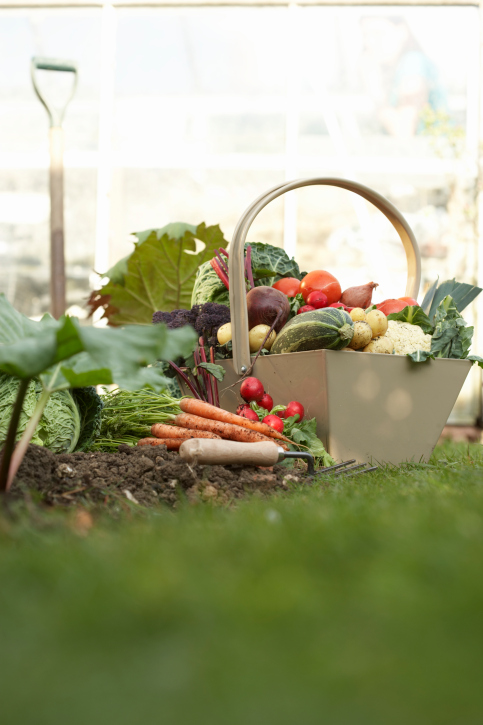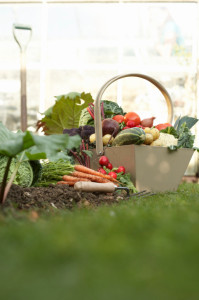Simple spring vegetable garden

 Eating a bit more healthily is sometimes as simple as finding room for a little bit more fresh fruits and vegetables in your diet, and there are few better ways to make that happen than always being prepared to binge on a salad when hunger hits. You could make sure you’re always stocking up on fresh produce, or better yet just grow it yourself.
Eating a bit more healthily is sometimes as simple as finding room for a little bit more fresh fruits and vegetables in your diet, and there are few better ways to make that happen than always being prepared to binge on a salad when hunger hits. You could make sure you’re always stocking up on fresh produce, or better yet just grow it yourself.
I don’t know a lot about gardening, so bear with me this summer while I learn. I’ve decided to take on the task of teaching myself to grow vegetables on my balcony this year and have done a bit of reading on some of the best practices for getting started. I’m just learning, but here are some of the hints I’ve found for getting started.
Sunlight
Most vegetables need six to eight hours of sunlight each day. If, like myself, you’re in an apartment building, an east-facing balcony that gets sun early in the morning until mid-afternoon should be fine for most, but a few vegetables might not quite make the cut. Although in an apartment, I’ve lucked-out with a large balcony that gets plenty of sun. Still, most leaf vegetables should still be fine with less sunlight.
In a backyard or larger green space, any open area that isn’t too shaded by nearby trees or buildings will work great.
Size
Planting instructions will differ depending on what you’re deciding to grow, but start small. A large garden can be a surprisingly hefty commitment and you be surprised by how much food even a small space can yield for you.
If you have a space in the backyard, a few square metres for a newcomer can be plenty of room to get started. Fence it off to keep the bunnies away and make it look more pleasing. A vegetable garden can look great as well as keep you fed. It doesn’t have to be an eyesore.
That said, mine likely won’t look like anything special, and it doesn’t need to. If you’re in an apartment and growing on your balcony, you won’t have very much space. You can hang planters and buy nice pots, but I’m just planting mine in old, white pails with holes drilled in the bottom for drainage. They’re cheap and offer plenty of space for planting.
What to grow
Since I’m new to this, I’ve picked some of what are supposed to be the easiest vegetables to grow: carrots, plenty of leafy greens and tomatoes.
First, salad greens, or leaf vegetables, are super simple to grow and with a bit of care will produce so much of themselves you won’t know what to do with them all. There are plenty to pick from, between spinach, collard greens, swiss chard, plenty of types of lettuce and trendy kale.
You can buy seeds separately, but for new gardeners a good alternative may be to buy mix packages that contain a few different styles which will grow well together. They grow quickly and can be sowed multiple times over the course of a season to keep fresh greens in your kitchen all summer and late into the fall.
Carrots, along with my tomatoes, will need lots of sunlight. The best way to plant them is with seeds about two centimetres deep in loose soil free of rocks. Rocky soil will cause them to twist and turn underground, and ultimately end up not growing as large.
Tomatoes also need plenty of sun and some sort of scaffolding to climb and hold themselves up with. This means a bit more work, but it’s not tough to buy a few small tomato cages or build something from odd scraps around your home. Tomatoes are wildly healthy, taste great with tons of other foods and will bear fruit all summer. You can plant tomatoes a few ways, but plenty of stores during the spring stock starter plants which can save you the time of growing them from seeds if you’re new to this. Once they’re up and growing, tomatoes aren’t too much work and will grow plenty of fruit.


